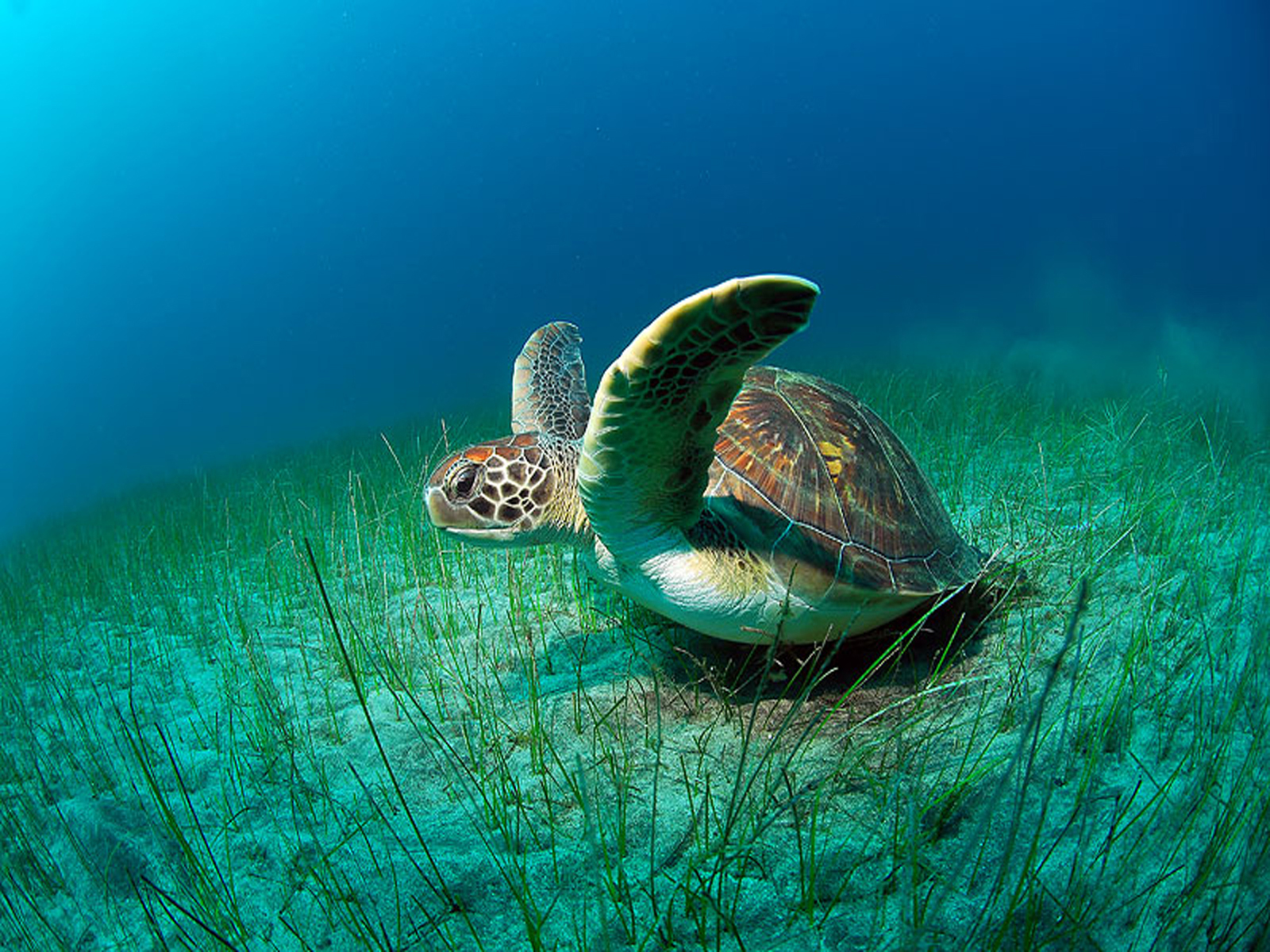KEY QUESTIONS
- Physical Impacts: fish (with air-filled cavities), fish eggs and larvae, and invertebrates
- Are there certain habitats or life stages that are of particular concern with regard to marine sound and turtles?

SUMMARY
While some electrophysiological auditory studies have been conducted on sea turtles, little is currently known about sea turtle hearing capabilities from hatchling to adult, or how electrophysiological data correlate with behavioural responses. In this study two independent but complementary approaches, i.e., behavioural and electrophysiological audiography, were used to assess hearing in two different size classes (i.e., post-hatchling and juvenile) of loggerhead sea turtles Caretta caretta. No differences in behaviour-derived thresholds and sensitivity ranges were detected in these groups, and there was no difference in response speed (body lengths1) between hatchlings and juveniles.
The only significant response speed difference was between correct and incorrect trials, with turtles swimming slower when making an incorrect choice than when making a correct choice. As was the case for behavioural data, thresholds and sensitivity ranges derived from Auditory Evoked Potential (AEP) measurement were similar for post hatchling and juvenile sea turtles. While the hearing frequency range detected in both behavioural and AEP experiments were consistent (50 – 1200Hz), both post hatchlings and juveniles exhibited more sensitive hearing in behavioural tests than in AEP tests.
Collectively, data from this project will help define the hearing frequency range and threshold of two life stages of turtles and provide a means to evaluate future electrophysiological audiograms.
Objectives and methods
- Behavioral and electrophysiological audiography were used to assess hearing in two different size classes (i.e., post-hatchling and juvenile) of loggerhead sea turtles Caretta caretta.
- Behavioral trials involved first training turtles to respond to known frequencies and then recording their behavior when they were presented with sound stimuli from an underwater speaker.
- Electrophysiological experiments involved submerging restrained, fully conscious turtles just below the air-water interface so that their ears were underwater but breathing was not restricted, and recording auditory evoked potentials (AEPs) when sound stimuli were presented using an underwater speaker.
Importance
Sea turtles are endangered, low frequency marine organisms that are likely to be impacted by some anthropogenic sound in the marine environment. Little is known about sea turtle auditory systems. Turtle hearing is likely to change from hatchling to juvenile to adult stages, and these changes may bring about different risks from industry operations and need to be understood. This is the first comprehensive assessment of turtle hearing across life stages and will become an important component of future assessment plans and regulations pertaining to turtles. This study indicates that AEP tests are less sensitive than behavioral tests and should not be used to set the standard for sound exposure levels in the field.
Institutions/PIs
Virginia Wesleyan College (Soraya Bartol)
